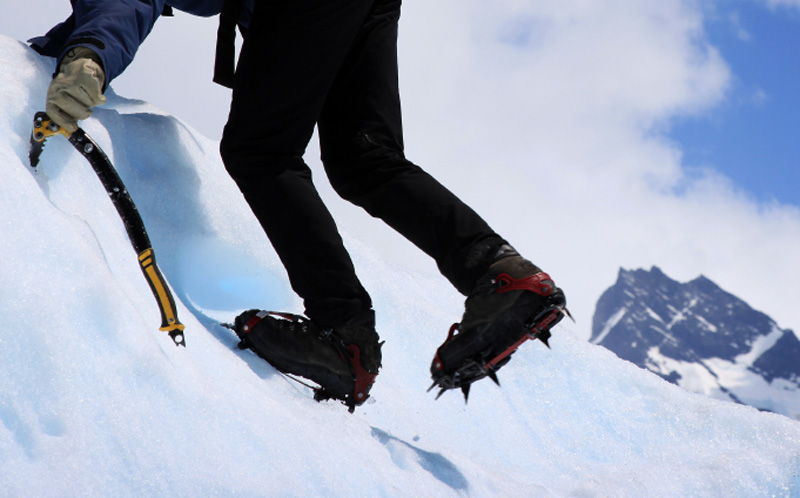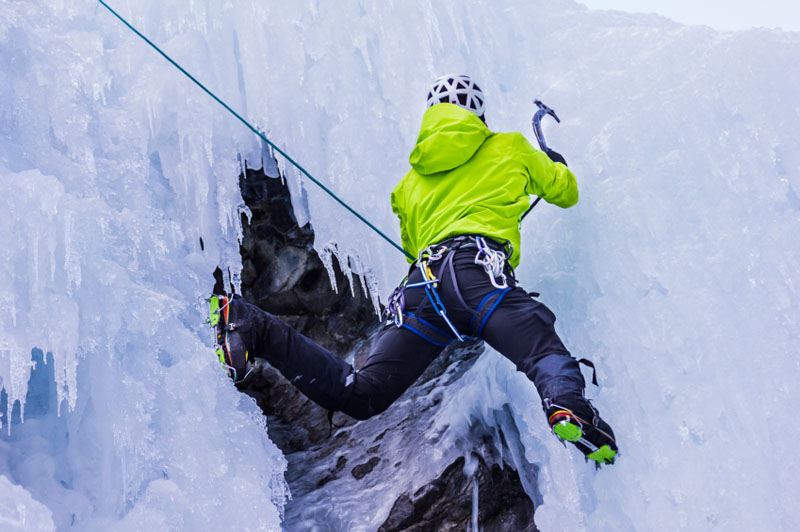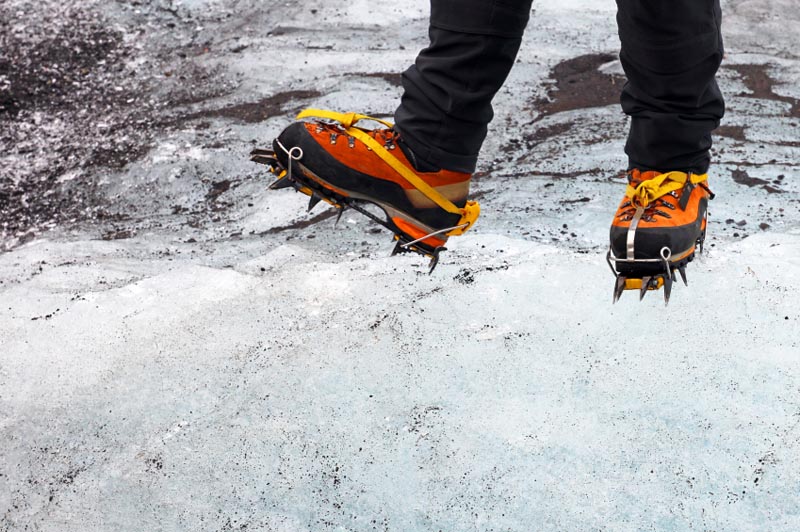
Mountaineering boots are probably the most important piece of mountaineering equipment you can buy. These will be the foundation of your experience on the mountain. If you don’t have the right fitting boots, it could a lot of pain and problems.
Mountaineering boots differ from hiking boots.”Stiff soles which can accommodate crampons and provide traction on tricky terrain are the foundation of your boots,” says mountaineering equipment expert Snow + Rock.
What Is Mountaineering And What Equipment Do I Need?
“Climbing over vertical rock, scree, snow and ice demands an aggressive tread with deep lugs and solid, sharp edges which can cut stabilising steps into soft surfaces underfoot. These won’t be as flexible or as comfortable as your regular walking boots, but they will enable you to make ascents and descents with confidence.”
It’s always best to try mountaineering boots on in person before you buy them. Like mountaineering jackets and mountaineering gloves, different brands will suit different feet.
There are three types of three primary types of boots: single boots, double boots and super gaiter boots.





